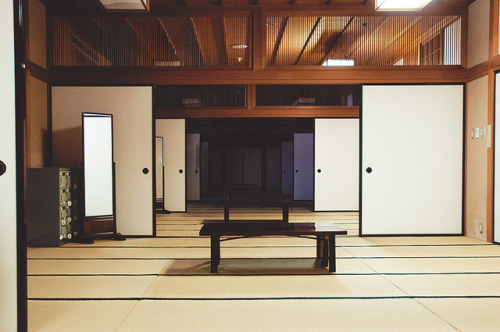#noh theatre
Professor Nicole Scalissi arranged for her HAA0030 Modern Art class to consult materials in Archives & Special Collections that illustrates different art practices and mediums including painting, photography, and other experimental and creative works from all over the world. Students had the opportunity to closely examine the works of Tsukioka Kōgyo and his depictions of the Art of Noh.
On July 8th, our Intro. to Modern Art class visited Special Collections at the Hillman Library and had the opportunity to encounter the Nōgaku zue, or Picture of Noh in person. Nōgaku zue is a series ofJapanese woodcut prints by the artist Tsukioka Kōgyo (1869-1927) published between the Meiji year 30-35, or 1897-1902. The series includes 5 volumes of 261 prints inspired by classical Japanese nohtheater.
TheNōgaku zue prints are multi-color, multi-block woodblock prints on kōzo paper. Each image is an individual full-page, horizontal in orientation, measured about 230 * 335 mm. The pigments that were used are water-based, sometimes with metallic gold and silver patterns printed on top. Hiroyuki Good, Pitt’s Japanese Studies Librarian, informed us that each color was printed separately using an individual woodcut block, therefore the printing process was repeated multiple times until each color was filled in. When looking closely, one can see different textures and patterns created by different printing and coloring techniques. The combination of lighter, more diluted paint and thicker, more pigmented paint was used to create the illusion of various textures as well as pictorial space.

Tsukioka, Kōgyo, b.1869- d.1927, Nōgaku zue, Color prints, created around 1902 (Japanese–Meiji period), owned by University of Pittsburgh
Some of the prints contain metallic colors laid on the paper’s surface, which, when viewed from different angles and under shifting light conditions, imbues the prints with an almost three-dimensional visual effect.
The subject of the prints is inspired by Japanese noh plays, therefore most of the images include details of the stage, sets , costumes, and even the preparation process of the actors, as suggested in the image below.

Tsukioka, Kōgyo, b.1869- d.1927, Nōgaku zue, Color prints, created around 1902 (Japanese–Meiji period), owned by University of Pittsburgh
- Alice Zhao


